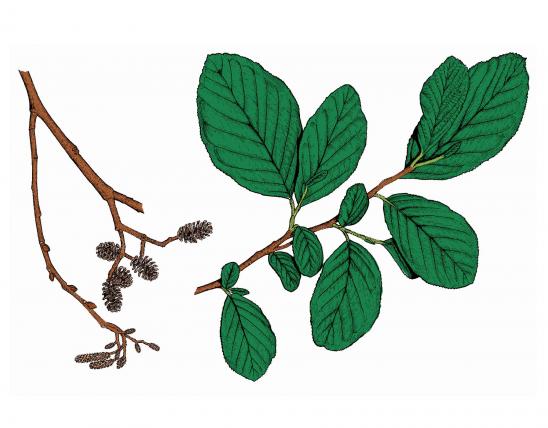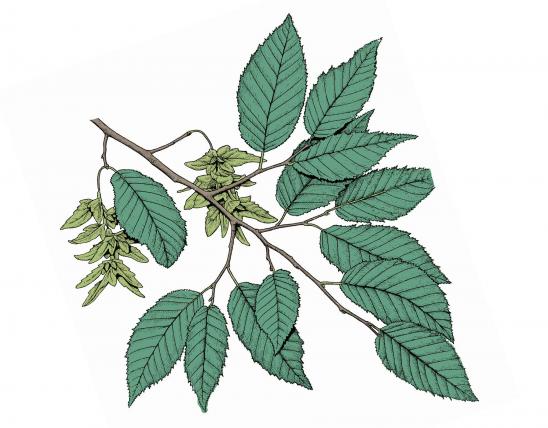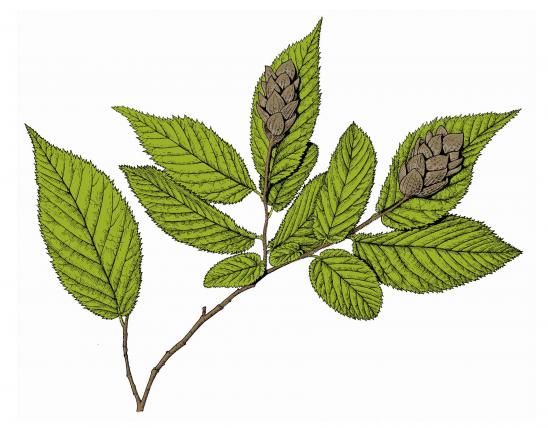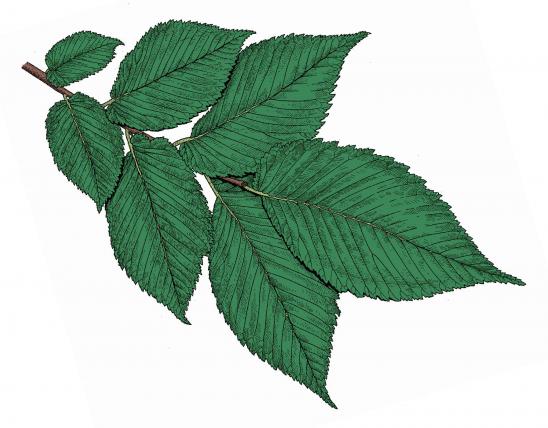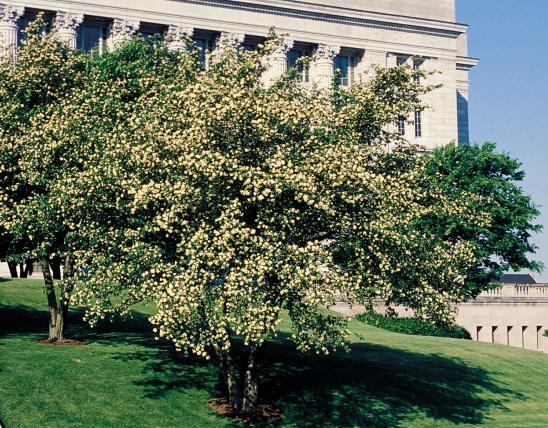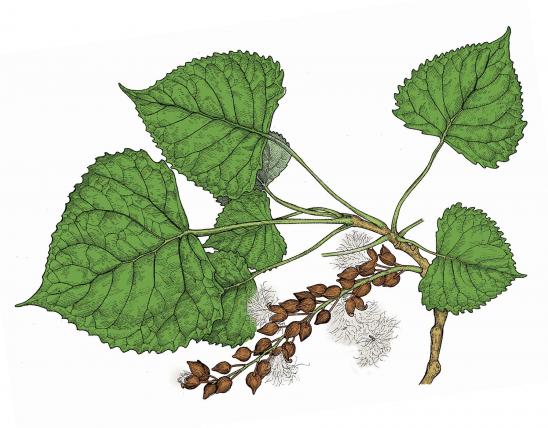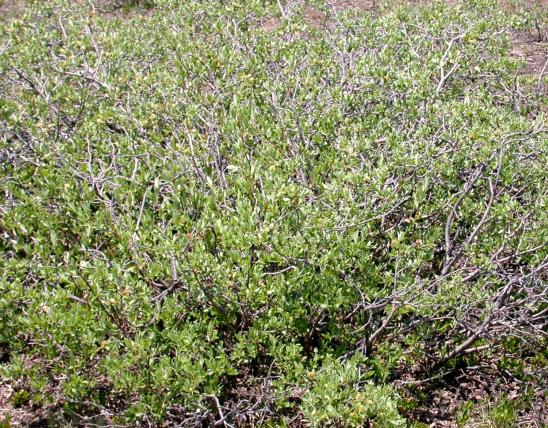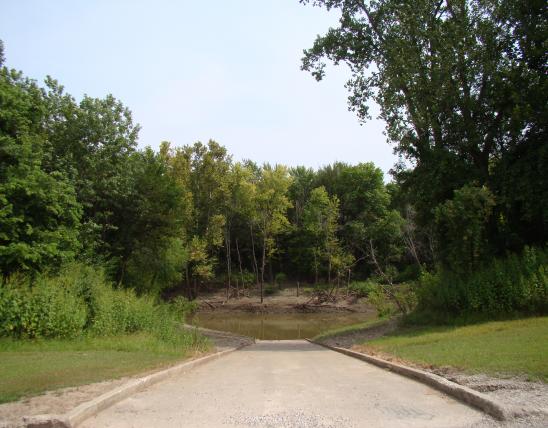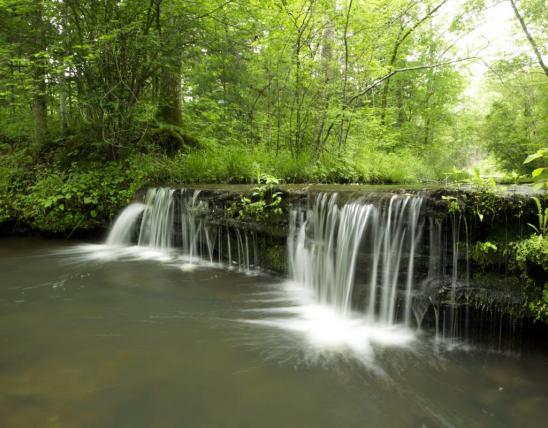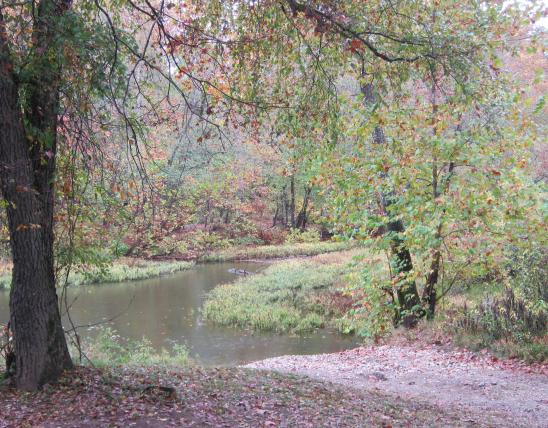Camping is not allowed on the area.

River birch is a medium-sized tree with an irregular, broad, spreading crown. It often has multiple trunks.
Leaves are alternate, simple, somewhat triangular to egg-shaped, 1½–3½ inches long, 1–2 inches wide; margins densely toothed; upper surface shiny dark green, lower surface whitish, very hairy.
Bark is distinctive: reddish-brown or grayish, peeling into conspicuous papery strips exposing a light pinkish-tan or cinnamon-brown inner bark; pores elongated.
Twigs on new growth are very hairy, gradually turning smooth; in the second year, dark red, slender, shiny, dull reddish-brown.
Flowering is in April–May, male catkins formed the year before, becoming 1–3½ inches long; female catkins formed from buds of the previous year, about ½ inch long, upright; flowering as the leaves appear; wind-pollinated.
Fruit mature in May–June, barrel-shaped, 1½ inches long, ½ inch wide, the nutlet about ⅛ inch long.
Height: to 80 feet.
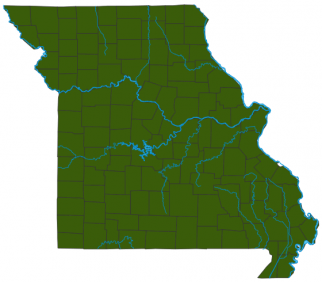
Statewide.
Habitat and Conservation
Occurs in moist ground along streams and gravel bars. It is also used commonly in landscaping. Intolerant of competition. When shaded, stagnates and dies. It does not tolerate prolonged flooding and is not found on broad river bottoms of big rivers that are subject to flooding. River birch is the only spring seed-dispersing member of its family. The attractive bark and its resistance to borers make river birch good for landscaping.
Status
Our only native birch; commonly used in landscaping and erosion control.
Human Connections
Native Americans and Europeans made birch beer from the sap of this species. The inner bark was used for dying fabric. The wood has been used for woodenware, furniture, and more. It has long been a favorite of landscapers, who commonly plant it in groupings in yards and along streams and ponds.
Ecosystem Connections
A pioneer species, it rapidly colonizes exposed, bare stream banks and gravel bars, stabilizing the soil and developing a forest for other trees to succeed. The seeds are eaten by songbirds and mice; the twigs are eaten by deer. Beavers use it to make their dens.
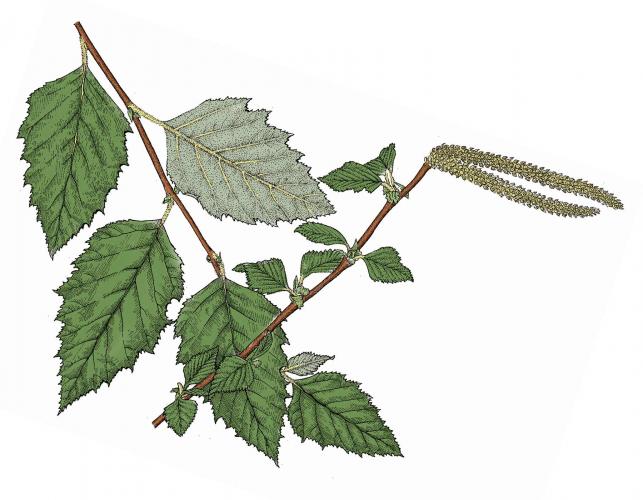
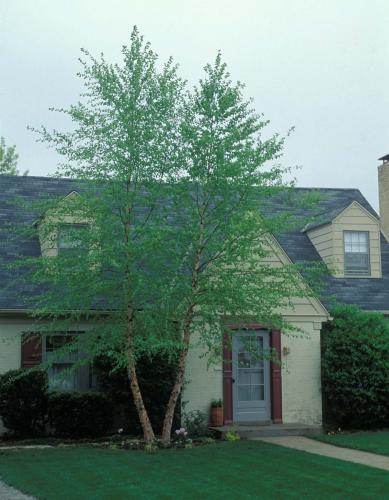
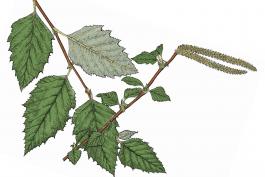
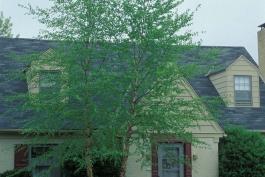
Where to See Species
Camping is not allowed on the area.






















